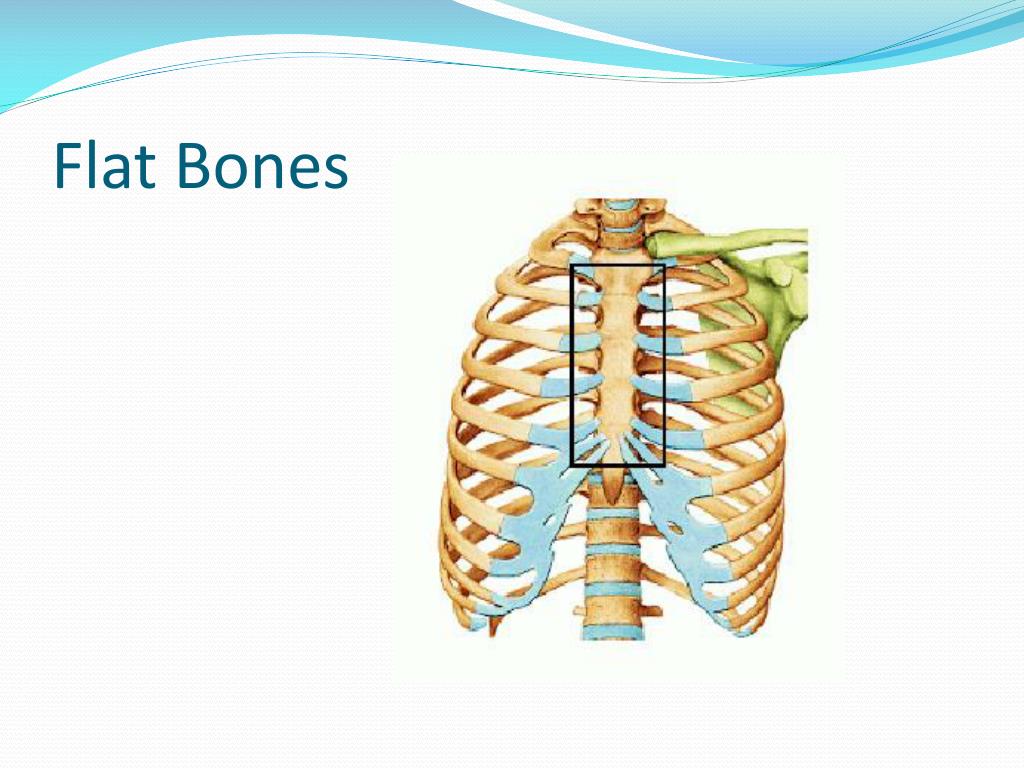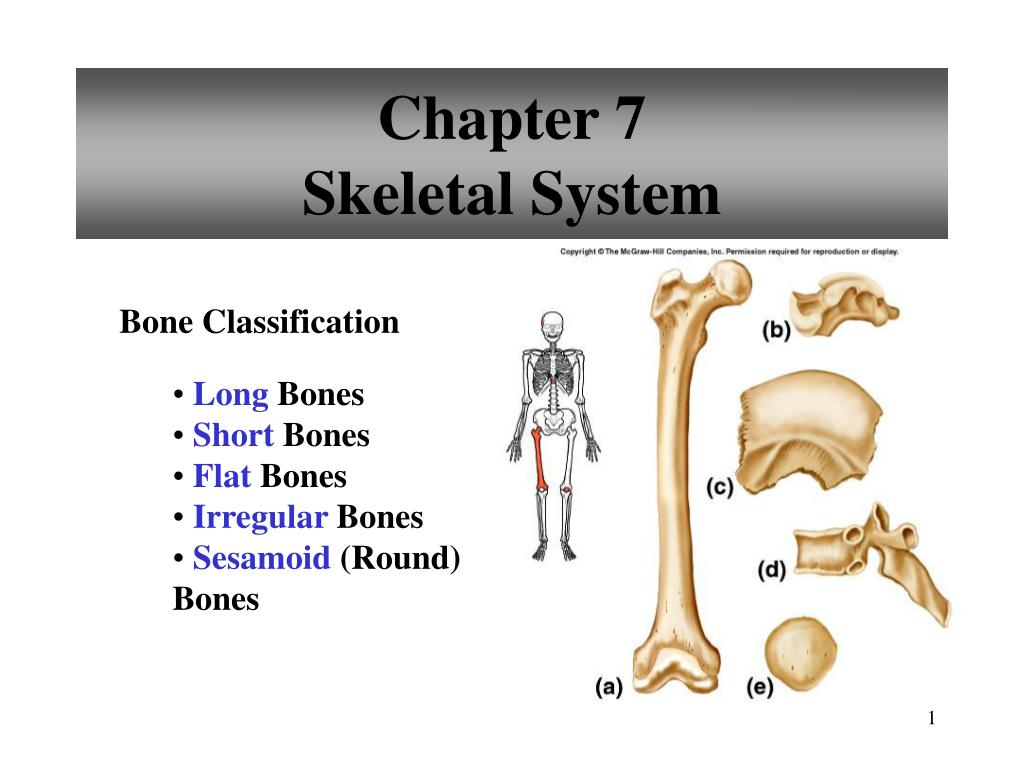

The patellae are sesamoid bones ( Figure 29.18). Sesamoid bones are small, flat bones and are shaped similarly to a sesame seed. Examples of irregular bones are the vertebrae, hip bones, and several skull bones. These bones may have short, flat, notched, or ridged surfaces. Irregular bones are bones with complex shapes. Examples of flat bones are the sternum, or breast bone, ribs, scapulae, or shoulder blades, and the roof of the skull ( Figure 29.16). ( Figure 29.16).įlat bones are thin and relatively broad bones that are found where extensive protection of organs is required or where broad surfaces of muscle attachment are required. For example, the bones of the wrist, carpals, ankle, or tarsals are short bones. Short bones, or cuboidal bones, are bones that are the same width and length, giving them a cube-like shape. The bones of the human skeleton are classified by their shape: long bones, short bones, flat bones, sutural bones, sesamoid bones, and irregular bones ( Figure 29.16).įigure 29.17 The long bone is covered by articular cartilage at either end and contains bone marrow, shown in yellow in this illustration, in the marrow cavity. The process of calcification only occurs in the presence of collagen fibers. Calcification is the process of deposition of mineral salts on the collagen fiber matrix that crystallizes and hardens the tissue. The mineral salts primarily include hydroxyapatite, a mineral formed from calcium phosphate. It contains specialized cells and a matrix of mineral salts and collagen fibers.

For example, spongy bone tissue is found in the inner layer of bones and contains blood vessels to deliver nutrients and remove waster from bone cells.īone, or osseous tissue, is a connective tissue that constitutes the endoskeleton. However, as a student of biology it is important to understand the types of bones and bone tissues as well as their functions because this basic part of anatomy is an excellent example of form follows function.

The information in this section is not within the scope for AP ® and does not align with the curriculum framework.


 0 kommentar(er)
0 kommentar(er)
